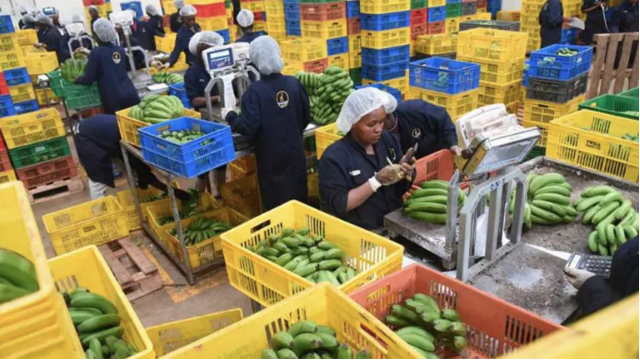China’s lending to Africa is once again on the rise, with new figures revealing that Angola alone has borrowed Sh6.9 trillion over two decades, more than any other African nation.
This is part of a broader shift in Beijing’s financial engagement, which is now leaning toward more commercially viable projects after years of decline in loan issuance.
A new dataset from Boston University’s Global Development Policy Center, tracking Chinese loans to African countries between 2000 and 2023, has laid bare the scale and structure of Africa’s debt to China.
In total, Angola signed 270 separate loan agreements amounting to Sh6.9 trillion, with much of the money channelled into oil-backed infrastructure reconstruction following years of civil conflict.
Ethiopia follows as the second-highest borrower, with Sh1.88 trillion borrowed through 66 deals.
Read More
The East African country has relied heavily on Chinese loans to construct key power and railway infrastructure, including the Addis Ababa–Djibouti Railway, which remains almost entirely funded by Chinese financiers.
Egypt, Kenya, and Nigeria each hold debt in the range of Sh1.25 trillion.
Egypt’s borrowing has underpinned transport, energy, and urban development initiatives.
Kenya’s loans, totalling Sh1.24 trillion, have been central to the Standard Gauge Railway, while Nigeria has used its Sh1.24 trillion in loans for power, road, and rail projects.
Zambia, with Sh1.23 trillion borrowed via 82 agreements—the highest number of individual loans—appears to have opted for frequent, smaller disbursements, likely for a diverse range of infrastructure projects.
Other nations on the top-ten list include South Africa (Sh894 billion), Sudan (Sh816 billion), Ghana (Sh790 billion), and Cameroon (Sh764 billion), each having engaged in long-term infrastructure partnerships with Chinese lenders.
The data also shows that 2023 marked the first annual increase in Chinese lending to Africa since 2016.
Analysts interpret this as a recalibration of China’s overseas financing strategy, with a more cautious approach focused on bankable projects that promise economic returns.
While Chinese lending has filled critical infrastructure gaps often left untouched by Western institutions, it has also triggered fresh debate over debt sustainability, repayment conditions, and the risk of sovereign dependency.
As Chinese loans continue to shape Africa’s development landscape, governments are being urged to weigh the long-term economic trade-offs of borrowing, ensuring that the infrastructure boom does not come at the cost of fiscal fragility.








